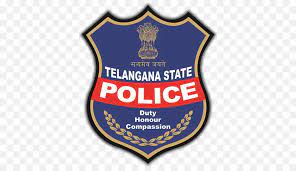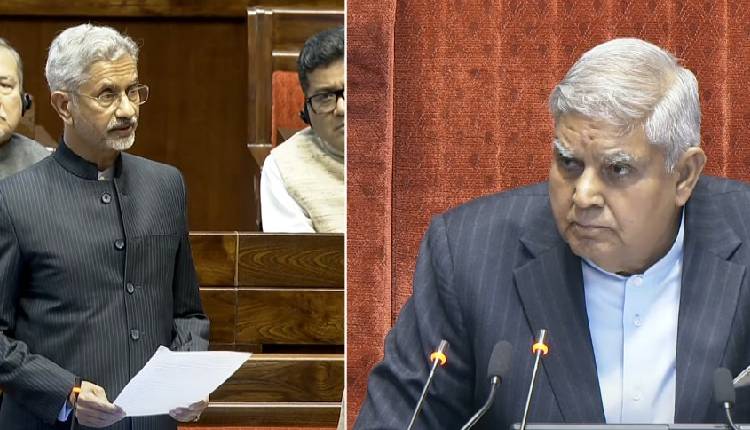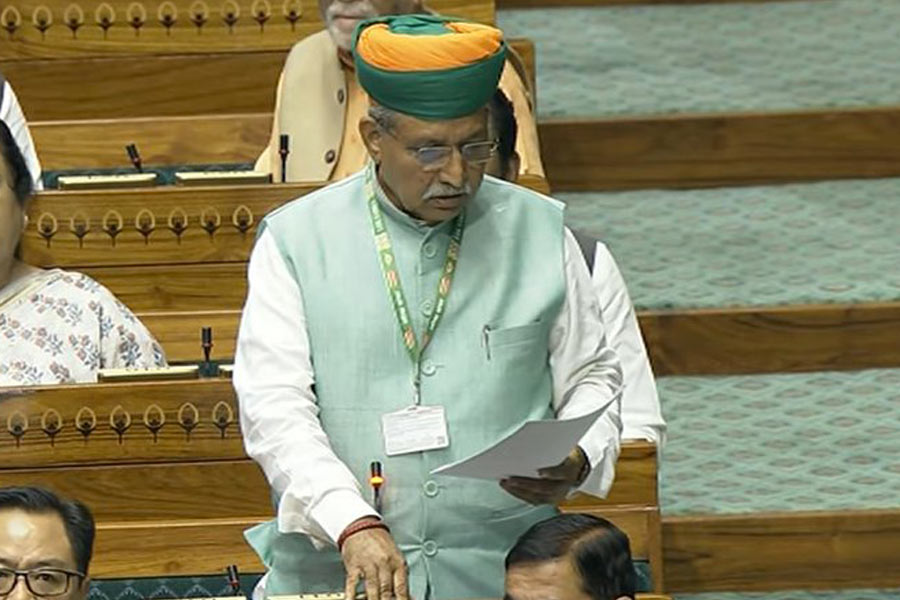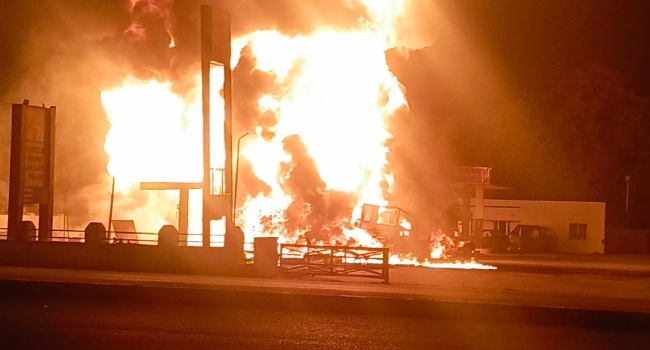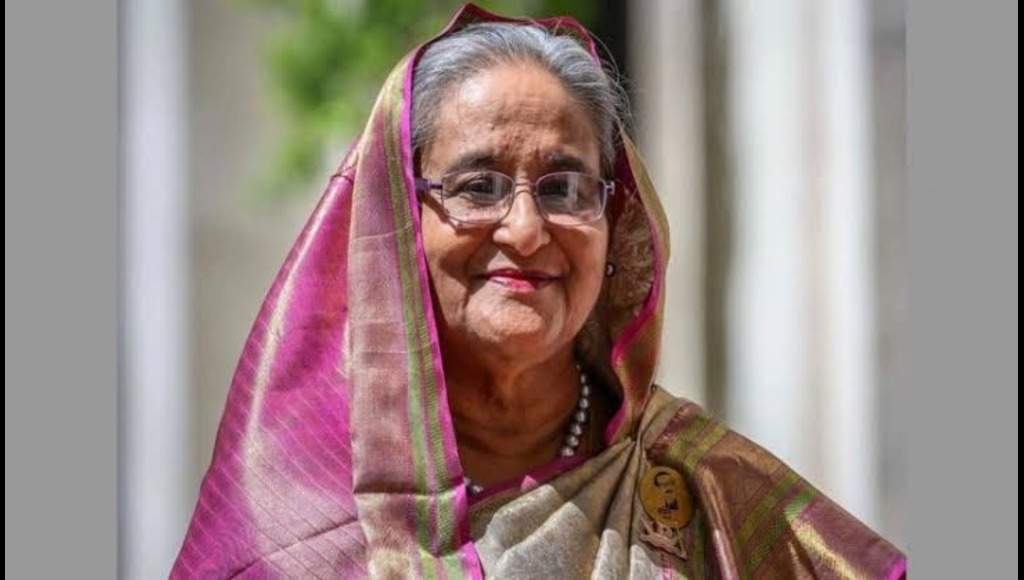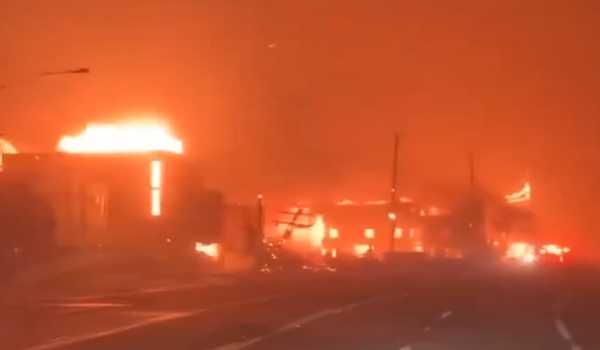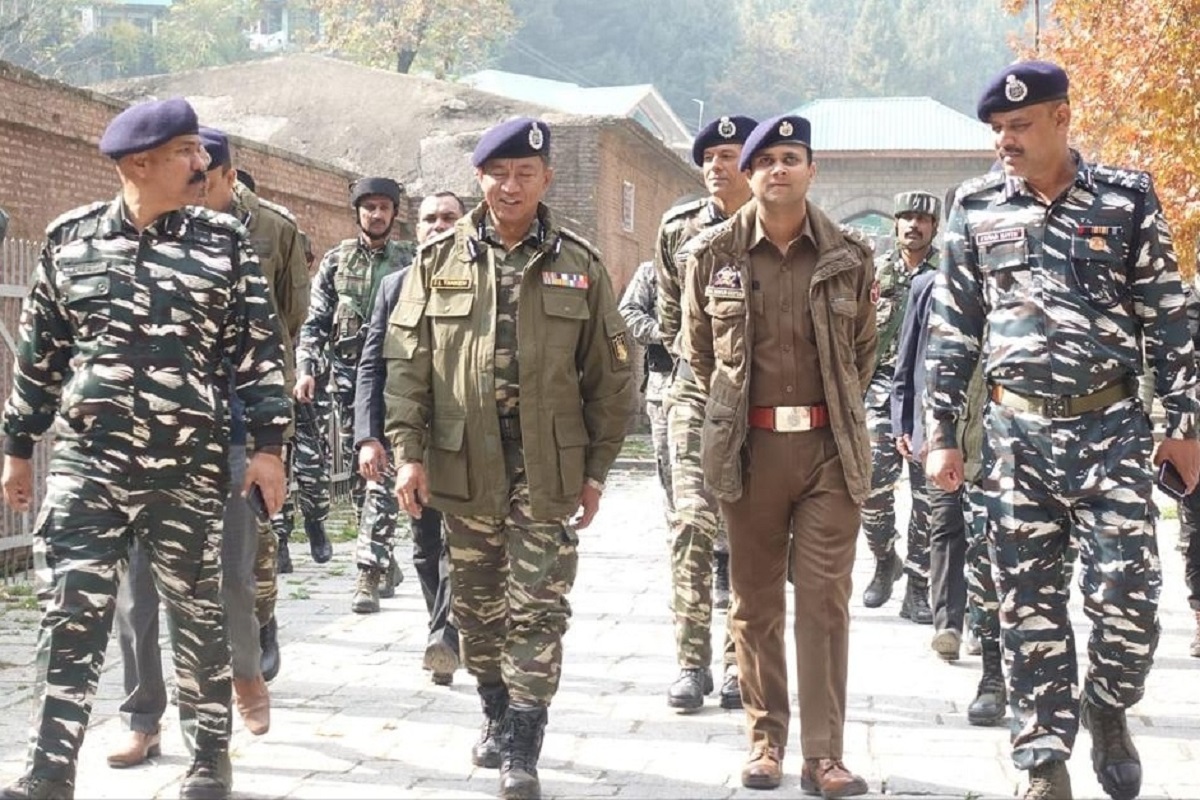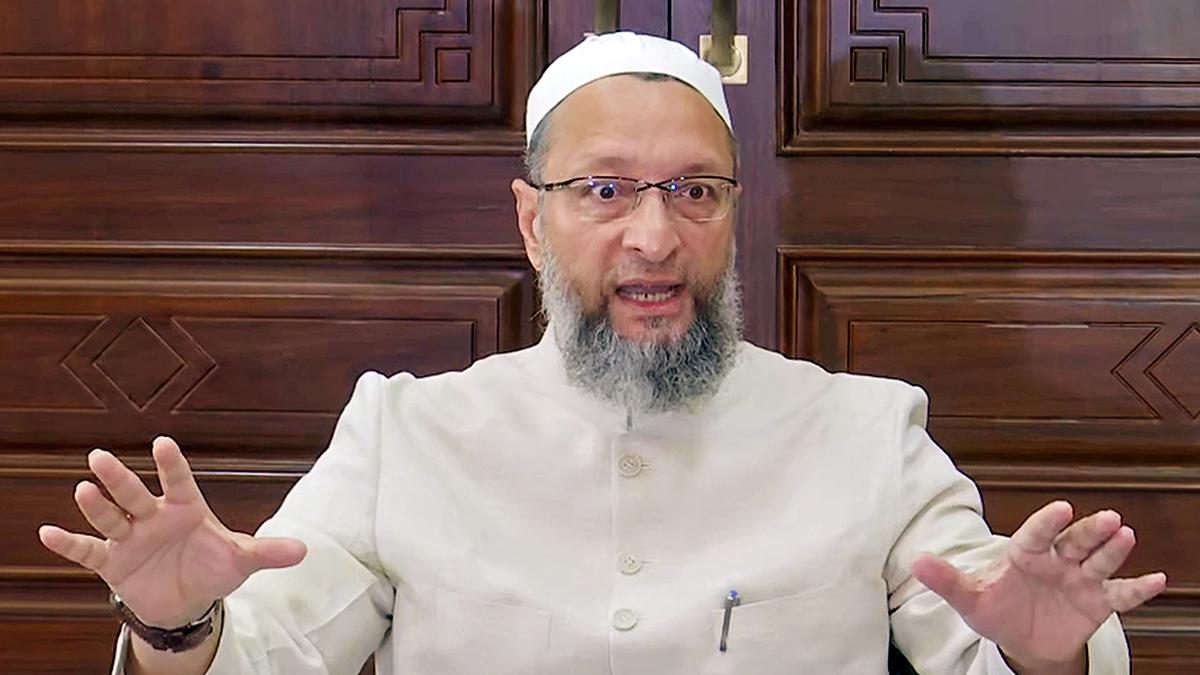Alarming rise in air pollution recorded on Diwali in Hyderabad
Sat 21 Oct 2017, 11:49:06
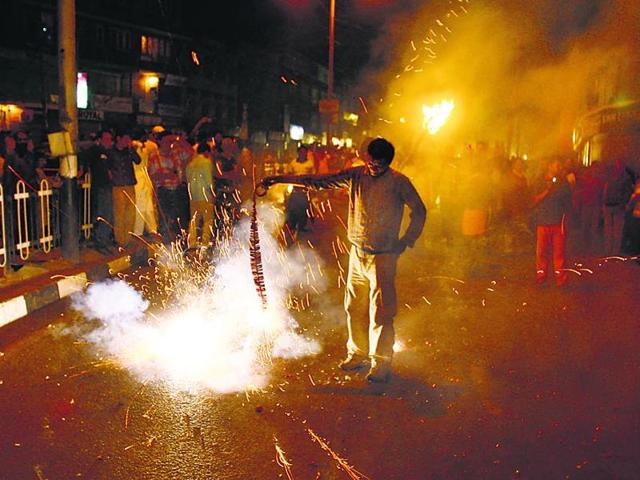
Officials at State Pollution Control Board (TSPCB), who had monitored ambient air on October 12 for a pre-Diwali day reading and on Thursday during the festival from four Continuous Ambient Air Quality Monitoring Stations (CAAQMS) and 14 manual locations in the city, said there was a sharp rise in pollution levels, especially after 6 pm on Thursday.
The Particulate Matter (PM2.5) levels shot up to a staggering 112 ug/m3 on Diwali night against 53 ug/m3 on a normal day. This, according to PCB officials, was much worse than the 91 ug/m3 recorded last year.
The World Health Organisation recommends that PM2.5 levels are kept below 10 as an annual average. It says exposure to average annual concentrations of PM2.5 of 35 ug/m3 or above is associated with a 15 per cent higher long-term mortality risk.
The city also saw an increase in PM10 levels, which
went up to an alarming 158 ug/m3 on Diwali night compared to a normal day’s reading of 87 ug/m3.The PM10 levels too showed an increase against last year’s Diwali reading, which was 146 ug/m3.
went up to an alarming 158 ug/m3 on Diwali night compared to a normal day’s reading of 87 ug/m3.The PM10 levels too showed an increase against last year’s Diwali reading, which was 146 ug/m3.
At the same time, the PCB officials said that low wind speed on Thursday could also have had a say in matters. While the average wind speed in the city in general is 2.8 m/sec, on Diwali the city recorded less than 1 m/sec.
“From 6 pm to 10 pm, the wind speed averaged about 0.8 m/sec whereas last year the wind speed was 5.8 m/sec due to which the atmosphere could have been stable this year with poor dispersion of pollutants,” TSPCB Joint Chief Scientific Officer P Veerana said.
Gaseous parameters such as sulphur dioxide and oxides of nitrogen also showed a rise in number but remained under the standard levels.
No Comments For This Post, Be first to write a Comment.
Most viewed from Hyderabad
Most viewed from World
AIMIM News
Delhi Assembly polls: Owaisi leads Padyatra in Okhla
Feb 01, 2025
We reject this Waqf Amendment Bill: Asaduddin Owaisi
Jan 30, 2025
Latest Urdu News
Most Viewed
May 26, 2020
Which political party will win the Delhi Assembly polls to be held on Feb 5?
Latest Videos View All
Like Us
Home
About Us
Advertise With Us
All Polls
Epaper Archives
Privacy Policy
Contact Us
Download Etemaad App
© 2025 Etemaad Daily News, All Rights Reserved.

.jpg)
.jpg)
.jpg)
.jpg)
.jpg)
.jpg)
.jpg)
.jpg)
.jpg)
